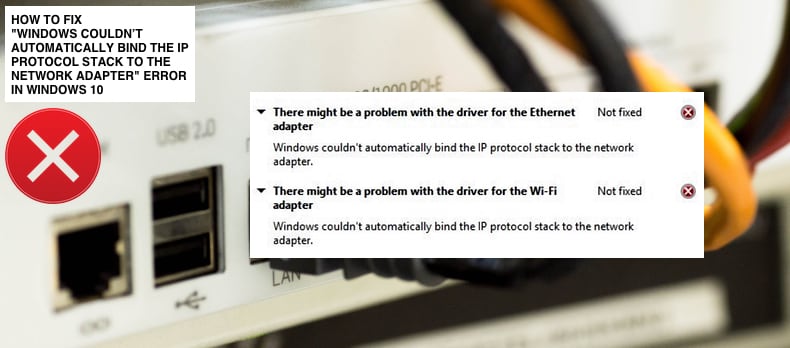
- Jprofiler error could not bind socket how to#
- Jprofiler error could not bind socket code#
VisualVM Profiler sometimes blocks the whole application waiting to some user input from his GUI! Sounds like a NO GO for production.īut maybe this was just a bad luck, lets try out some other popular profilers! YourKit. It is hard to imagine a product owner who would allow such overhead. Measured by JMeter, the average response time during our tests increased from around 2 times with VisualVM Sampler attached, to almost 15 times with VisualVM Profiler. And not all testing environments provide such luxury. Which means, that you cannot use it in production environment, as those usually lack an option to run GUI programs. According to VisualVM documentation both the Sampler and the Profiler work only when the VisualVM and Java application run on the same machine. Some more remarks concerning VisualVM as a tool of finding a memory leak in production environment: Even killing VisualVM did not allow the Pet Clinic application to continue. More than that, the application died too, all its threads were blocked on calls to VisualVM. Three times out of three VisualVM stopped responding after trying to sort by Generations column. If you are now as unlucky as me then you just cannot. So, lets try to make a screenshot from Profiler’s output sorted by generations count. It appears that if generations count is significantly higher for some classes, they are very good leak candidates. 
For example – while looking at the screenshot above, ZipFileInde圎ntry class has currently instances from five different GC cycles. You can think of it as the number of GC intervals, in which the instances of the given class are created and at least one of those instances is still alive. But this view adds one truly interesting piece of information: Generations. The output of the Profiler is very similar to that of the Sampler:Īgain, not much help from seeing that we should get rid of bytes somehow. Profilers instrument your classes’ bytecode to record creations of new objects. The sampler periodically polls the application for live objects’ historgram. The difference between the Sampler and the Profiler lies in the way they ask for info.
Jprofiler error could not bind socket code#
So, should you dig into my application’s source code (or may be that of 3rd party libraries that your application uses?) for usages of byte and try to eliminate them? I don’t think so.Īnother way to use VisualVM is its Memory Profiler. Here is a screenshot from our demo application memory usage using VisualVM’s built-in Memory Sampler:Īccording to this, you would guess to have problems with arrays of bytes. VisualVM provides you with CPU and Memory Samplers, which allow you to connect to your running application and “view” which methods consume CPU and which objects consume memory. So here you have run VisualVM and connected it to our demo application.
Jprofiler error could not bind socket how to#
A quick introduction about how to use VisualVM is available here. The first profiler product to enter the ring – VisualVM.

It is quite possible, that there are some more advanced techniques, which lead to more satisfying results. In all described cases only instructions in “Getting started” or demo video were followed, as every newcomer would do. Second note: no previous experience or proficiency with these tools is expected from the reader. Other techniques, namely memory snapshot comparison or memory dump analysis, will be discussed in future posts. Please also note, that in this post only profiling tools are covered.
You are able to run the profilers on some machine that can open a socket connection to your crashing application.Īnd to remind you, dear reader, based on our experience – these are quite bold assumptions, you are one really lucky bastard if you have all those preconditions filled to start with. You can reproduce the crash at your own will in reasonable time (sometimes doesn’t hold true, and the leak only takes effect in production, but let’s assume it for simplicity). You know that your application crashes with. Let’s use our leaking Pet Clinic sample application as our “dying patient” and, using these three tools, try to find out why it crashes with OutOfMemoryError. Among them, VisualVM, YourKit and JProbe seem to be the most popular. Our past experience, which is supported by a quick search on Google and Stackoverflow, shows that the first set of tools people tend to jump to when solving memory problems in production is memory profilers. A couple of next posts will now look at the existing tools that you can use to find a Java memory leak. In retrospect, so far we have covered: Part 1 described the Story of solving an OutOfMemoryError through the eyes of a Developer, Part 2 explained how the Ops usually tackle the OutOfMemoryError problem, and Part 3 started looking at where to start solving the OutOfMemoryError. It is about time to continue our Solving OutOfMemoryError blog post series.






 0 kommentar(er)
0 kommentar(er)
